20+ Sample Disclaimer Statements
-
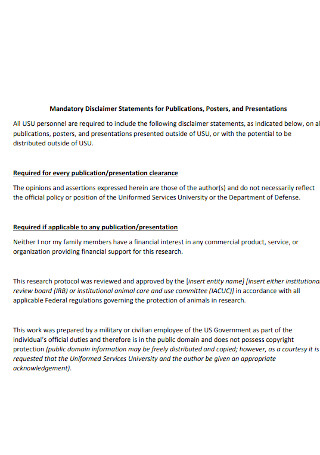
Mandatory Disclaimer Statement
download now -
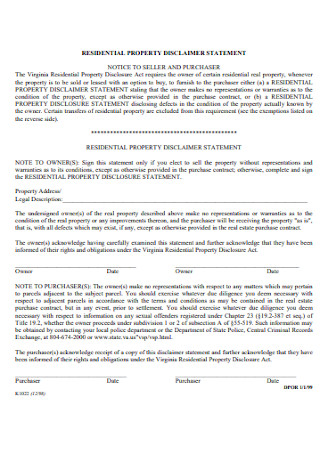
Residential Property Disclaimer Statement
download now -

Guidance on Disclaimer Statements
download now -
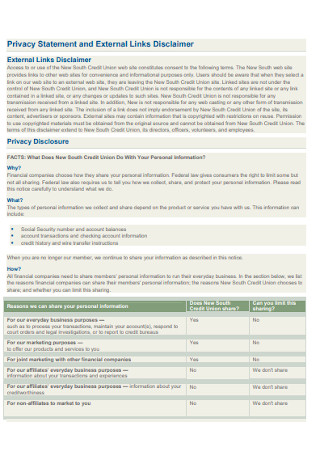
External Links Disclaimer Statement
download now -
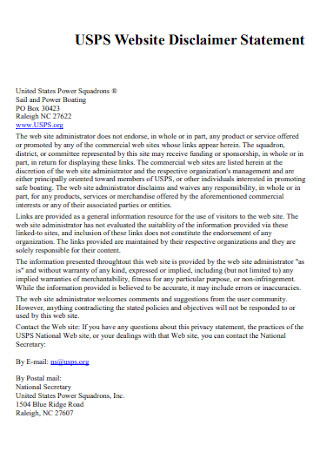
Website Disclaimer Statement
download now -
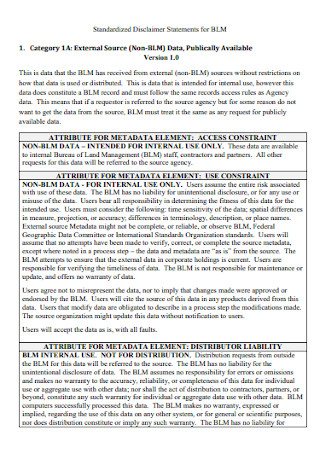
Standardized Disclaimer Statements
download now -
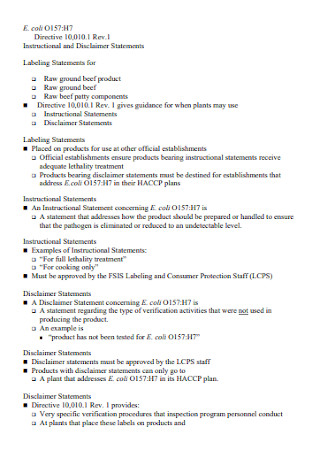
Instructional and Disclaimer Statements
download now -
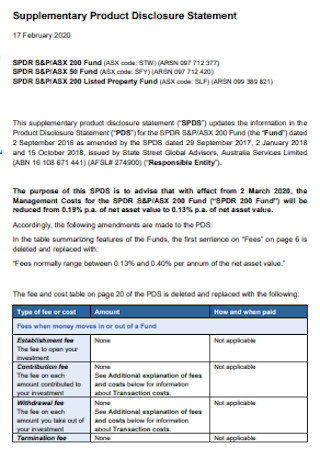
Supplementary Product Disclosure Statement
download now -
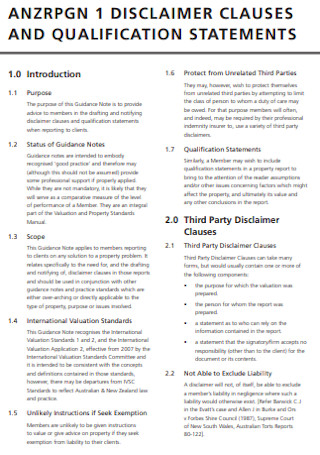
Disclaimer and Qualification Statement
download now -

Legal Disclaimer Statement
download now -
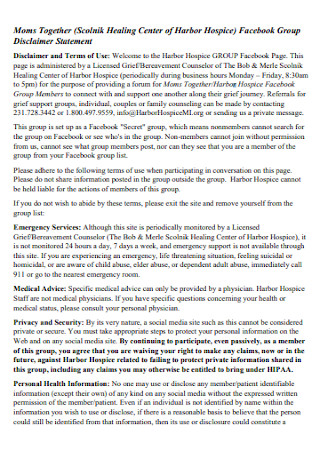
Facebook Group Disclaimer Statement
download now -

Website Disclaimer and Statements
download now -
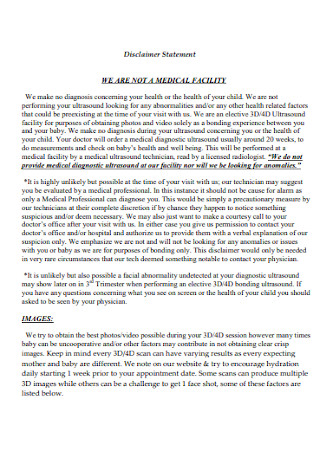
Medical Disclaimer Statement
download now -
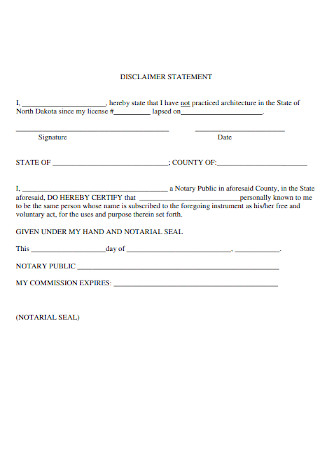
Disclaimer Statement Format
download now -
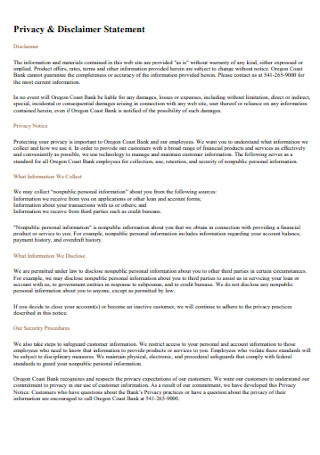
Privacy and Disclaimer Statement
download now -
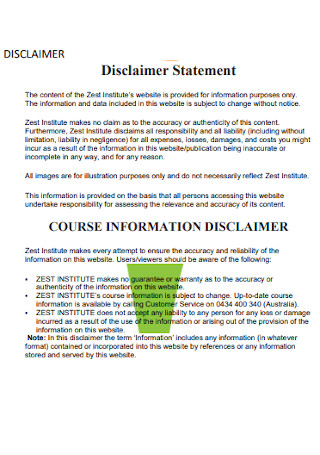
Basic Disclaimer Statement Template
download now -

Simple Disclaimer Statement Template
download now -
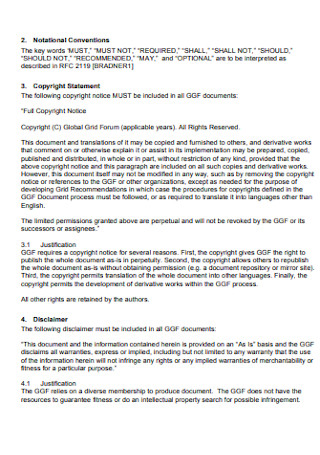
Disclaimer and Intellectual Property Statement
download now -
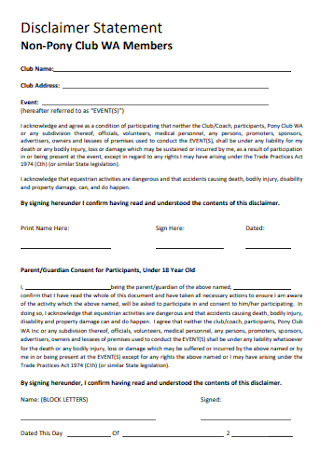
Club Disclaimer Statement Template
download now -
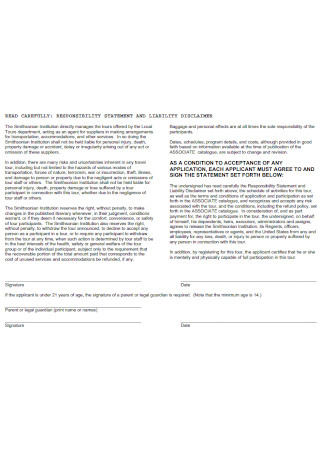
Liability Disclaimer Statement Template
download now -
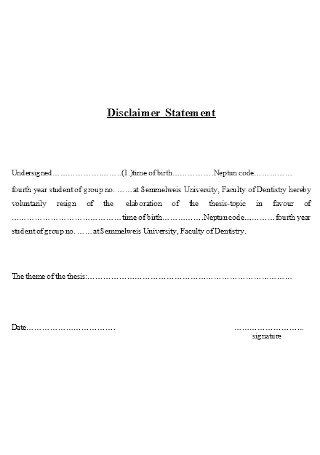
Standard Disclaimer Statement Template
download now
What Is a Disclaimer Statement?
A disclaimer refers to an organization’s defense standards and measures for protection averse to any legal liability or claim. Indeed, the terms and conditions section of your business may have set points regarding every liability, responsibility, or obligation to observe. But a disclaimer addresses those other points not found in the terms or conditions. And you will write them down as a copyright disclaimer statement. Hence, disclaimer statements are the statements used to clarify legal rights, obligations, and other related information. And in short, such statements protect your organization from possible liabilities.
According to the Use of Endorsements and Testimonials in Advertising from the Federal Trade Commission (FTC), websites that use ranks, reviews, and testimonials to promote goods and services should include a disclaimer or affiliate disclosure so customers are aware that they received compensation in doing so.
Also, one known example of a statistics disclaimer is how the European Commission manages its website in terms of improving public access to information; they stated that errors brought to their management will eventually be fixed.
What Are the Types of Disclaimers?
There are many types of disclaimers out there. And if it is still your first time creating a disclaimer statement, start focusing more on the top four types of disclaimers. And they consist of the following:
How to Write a Disclaimer Statement
If you think creating a disclaimer statement is difficult. Think again. It is quite easy by using our sample disclaimer statements above. Every template available helps you customize and design your preferred version of a disclaimer. But, writing the disclaimer is where the challenge goes. And we will make it easier for you as you follow these steps:
Step 1: Understand Your Business and Services First
What business are you running? And what products or services do you offer? Be sure you know everything about your organization until you are reminded of your statement of purpose in making the disclaimer statement in the first place. There are many things to consider in a disclaimer statement anyway from data privacy, financial terms, prohibited actions, etc. Once you fully understand everything, you will know how to tailor your statement afterward.
Step 2: Recognize the Appropriate Responsibilities
Now that you have reviewed your organization and its services, start writing down the appropriate responsibilities to mention in the disclaimer statement. A tip is to check your current terms and conditions section because anything not found there will be worth mentioning in the disclaimer. Keep your information as accurate as possible and be sure everything is reasonable as to why your company should not be liable for comments or views of the public. Or perhaps, you state that your business is willing to correct mistakes. An example is the European Commission’s statistics disclaimer wherein they would ensure errors brought in their site will be corrected eventually.
Step 3: Divide the Details into Clauses
Don’t just write your statement in a document where all information is fully loaded. Divide them into clauses instead. That way, your statement becomes more readable and less confusing. You could insert every detail related to compensation limitations in one category and another clause for copyright disclaimer. How the details will be grouped and arranged will be up to you.
Step 4: Make an Easy-to-Follow Statement
Just like any standard detailed letter or form, ensure that the whole document is easy to follow. That means the words can be understood by average people, the format is improving the presentation, or that there are clear instructions in the statement. For sure, lesser questions will be asked when you just keep the statement simple and brief. And when you are done, launch your disclaimer statement and have it fact-checked.
FAQs
Why is a disclaimer statement important?
A disclaimer statement is vital for safety purposes. Who knows? You might come across liabilities, grievance forms, and other issues that might not be solved if no clear disclaimer was ever published in your company. Thus, consider the statement as your legal protection.
What are some examples of a disclaimer statement?
Besides the four major types of disclaimer discussed earlier, some of the notable disclaimer statement examples are the following:
- “Views expressed” disclaimer
- “No responsibility disclaimer
- “Use at your own risk” disclaimer
- Precedent disclaimer
- “Fair use” disclaimer
- Investment disclaimer
- Error disclaimer
Can I copy an existing disclaimer?
Yes, you can actually copy an existing disclaimer but it is not encouraged. For example, the disclaimers you copied from another business might not be applicable to your company’s activities and responsibilities. Wrong information will immediately nullify your disclaimer statement. Better yet, create your own disclaimer and correct all information so you are surely protected.
Creating a disclaimer statement promises you protection against possible adversities and legal challenges. And it may lead your organization to be a long-term business too. But don’t be complacent. Rules, obligations, and responsibilities may change over time. Thankfully, you can make and customize your disclaimer statement anytime with our ready-made sample disclaimer statements. Download now!
